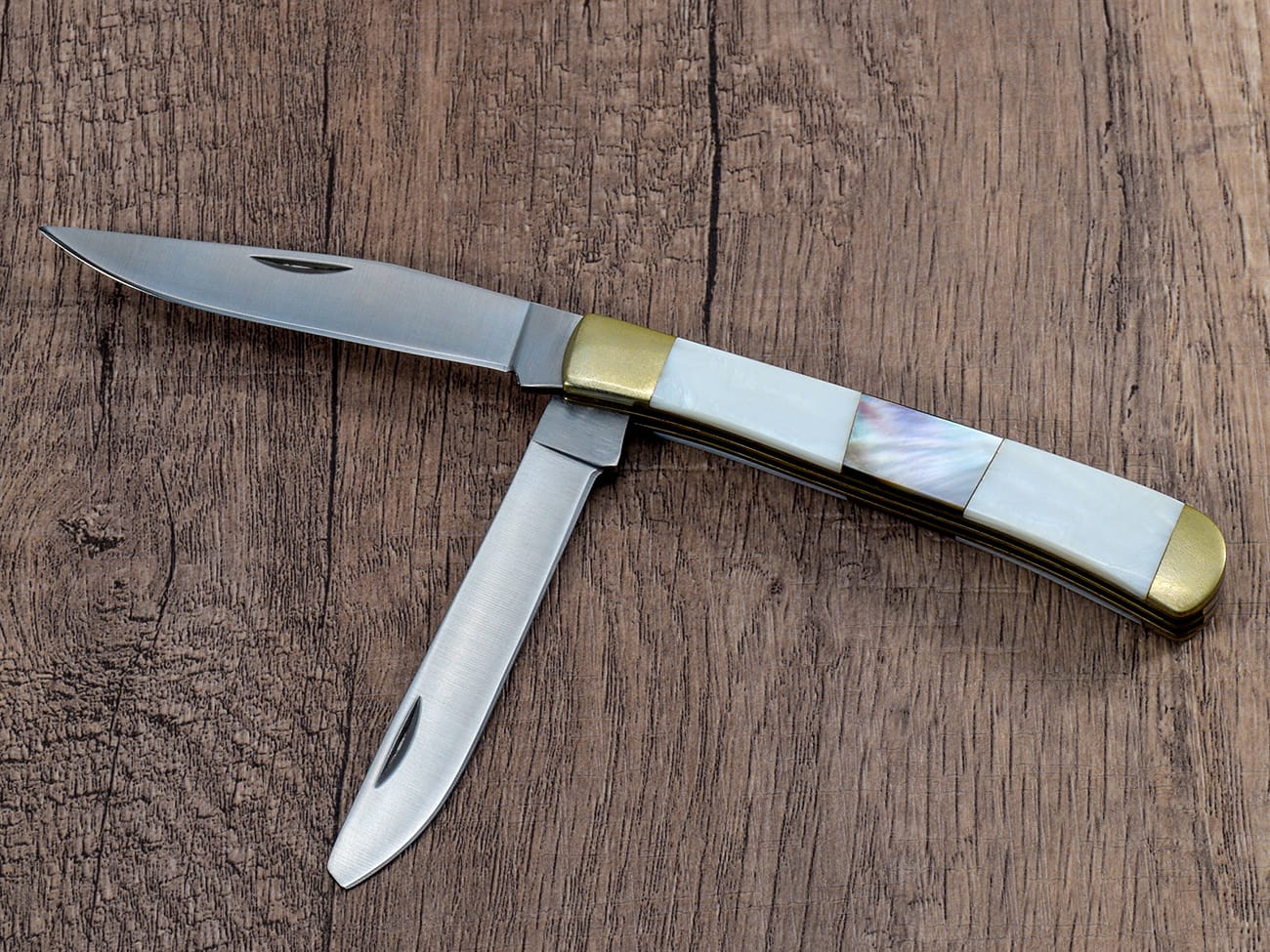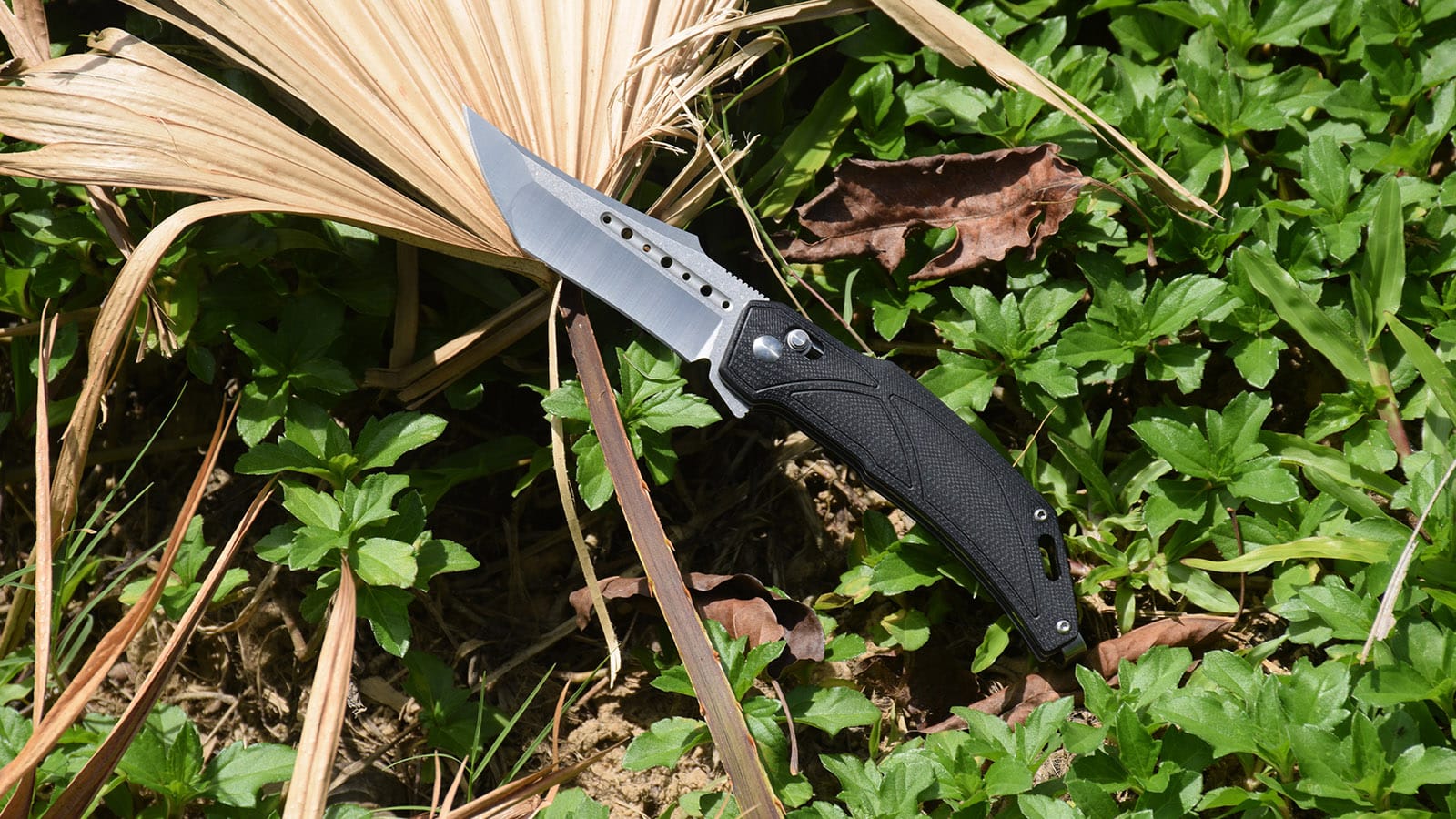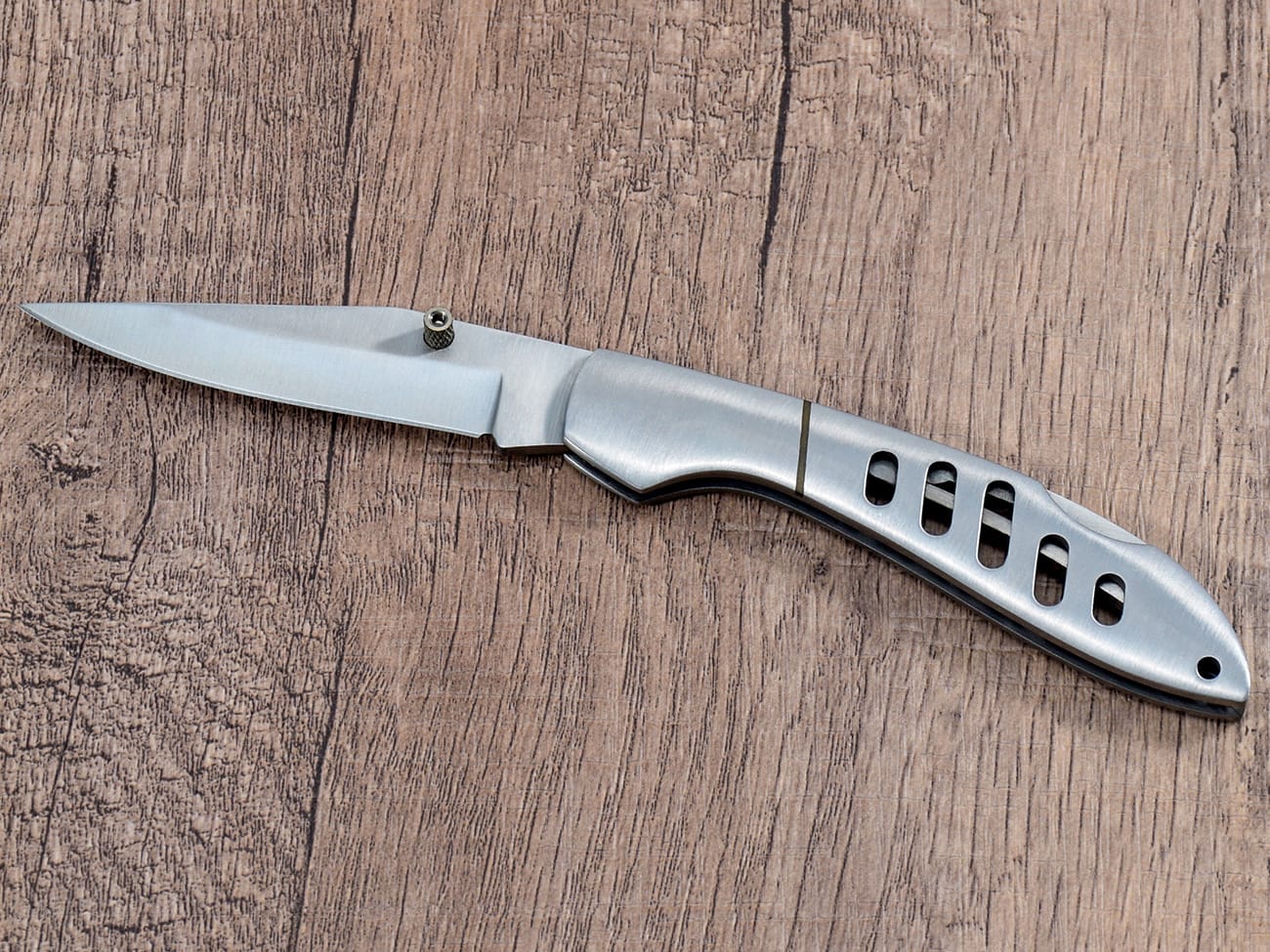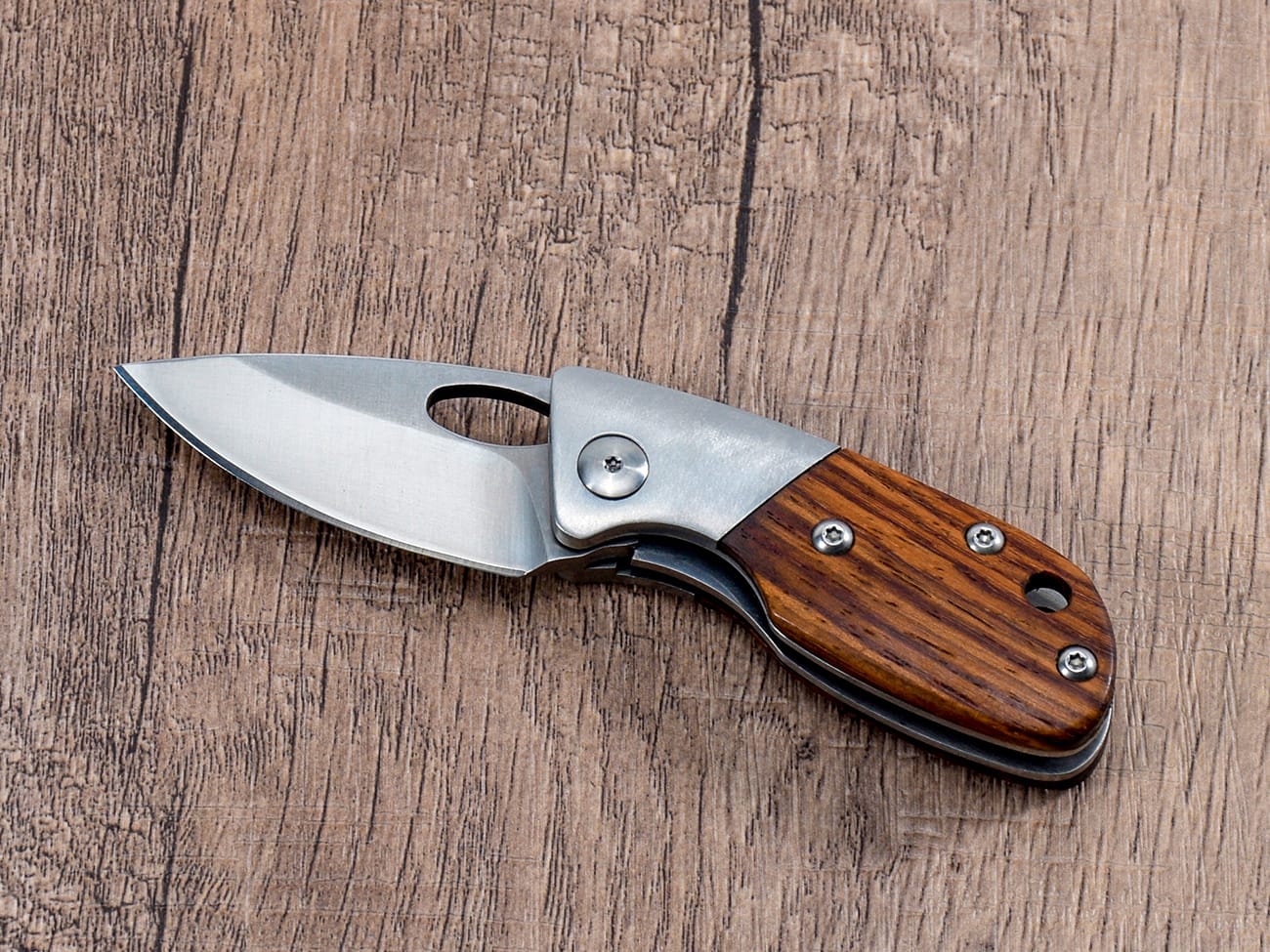A malfunctioning lock on your folding knife isn’t just inconvenient – it’s potentially dangerous. When your knife’s lock won’t engage properly, it puts you at risk of unexpected blade closure during use. This comprehensive guide will walk you through the common causes and solutions for fixing a knife lock that won’t engage, helping you restore your EDC knife to safe working condition.
Why Won’t My Knife Lock Engage Properly?
The most common reason for lock failure is the accumulation of dirt, debris, and pocket lint in the locking mechanism. However, several other factors can prevent proper lock engagement in your folding knife.

Common Causes of Lock Failure in Folding Knives
Several issues can prevent your knife lock from engaging properly:
- Buildup of pocket lint and debris
- Misalignment of the lock bar
- Worn or damaged locking surfaces
- Improper pivot tension
- Damaged or weakened springs
- Manufacturing defects
How Do I Clean a Knife Lock Mechanism?
Regular maintenance is crucial for keeping your EDC knife functioning properly. Here’s how to clean your knife’s locking mechanism:
- Use compressed air to blow out loose debris
- Clean with isopropyl alcohol
- Inspect the lock face and blade tang
- Apply lightweight machine oil
- Test lock engagement repeatedly
What Tools Do I Need to Fix My Knife Lock?
Before attempting repairs, gather these essential tools:
- Torx screwdrivers
- Compressed air
- Isopropyl alcohol
- Cotton swabs
- Lightweight lubricant
- Graphite (for lock stick)
- Bright light source
Adjusting the Lock Bar Tension
If cleaning doesn’t resolve the issue, the lock bar tension may need adjustment:
- Locate the lock bar
- Carefully bend to increase tension
- Test lock engagement
- Make small adjustments as needed
How to Inspect Your Knife’s Locking Mechanism
A thorough inspection can reveal potential points of failure:
- Visually inspect the lock face
- Check the blade tang for wear
- Examine the pivot area
- Look for signs of damage or misalignment
- Test the spring tension
When Should I Seek Professional Knife Repair?
Consider professional help from a custom pocket knife specialist if:
- The lock is severely damaged
- Disassembly is required
- Warranty is still valid
- Previous repair attempts failed
- Structural issues are present
Preventing Future Lock Problems
Regular maintenance helps prevent lock failures:
- Keep the knife clean
- Store properly when not in use
- Avoid excessive force
- Regular lubrication
- Inspect frequently
Understanding Different Lock Types and Their Common Issues
Different lock types have unique challenges:
- Liner locks: Lock stick and wear
- Frame locks: Tension and alignment
- Axis locks: Spring failure
- Button locks: Debris accumulation
Advanced Troubleshooting Tips
For persistent issues:
- Check for blade play
- Examine the stop pin
- Verify proper washer placement
- Test spring tension
- Look for stress marks
Key Points to Remember:
- Always prioritize safety when working on knife locks
- Start with basic cleaning before attempting adjustments
- Document disassembly if necessary
- Test thoroughly after repairs
- Consider professional help for complex issues
Summary of Essential Tips:
• Clean and maintain your knife regularly • Address lock issues immediately • Use proper tools and techniques • Know when to seek professional help • Focus on prevention through proper care • Test lock function thoroughly after repairs • Keep detailed records of maintenanceRemember: A properly functioning lock is crucial for safe knife operation. If you’re unsure about any repair step, it’s better to consult a professional than risk injury from an improperly repaired knife.




